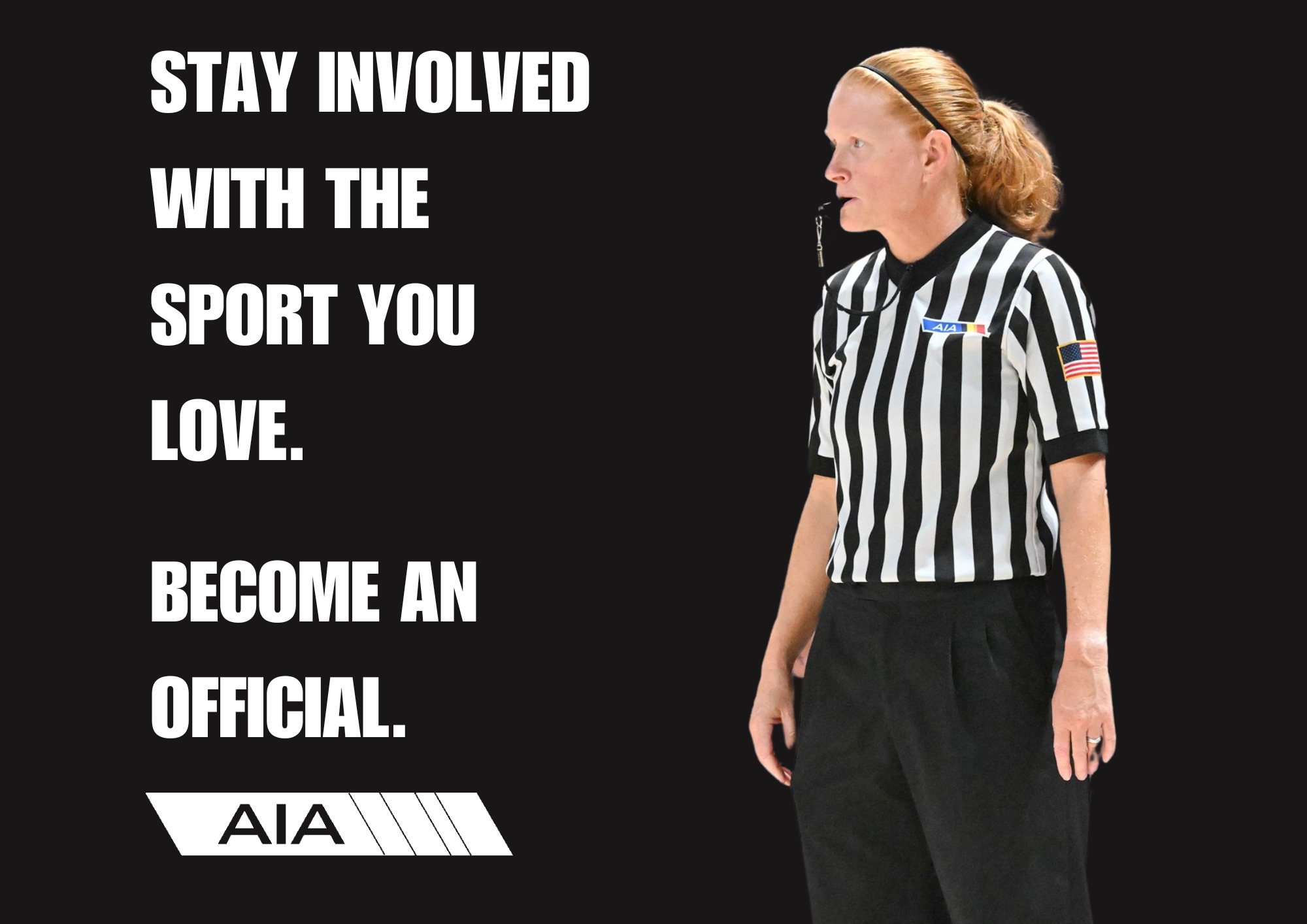Eight rules changes approved in high school soccer
February 27, 2019 by Seth Polansky, AZPreps365

INDIANAPOLIS, IN (February 27, 2019) — Rules related to improperly equipped players and procedures for dropping the ball are among eight rules changes in high school soccer for the 2019-20 season.
The rules changes were recommended by the National Federation of State High School Associations (NFHS) Soccer Rules Committee at its January 28-30 meeting and subsequently approved by the NFHS Board of Directors.
“While there are not any substantial revisions to the rules this year, I believe coaches and players will be pleased with the changes we have made,” said Theresia Wynns, NFHS director of sports and officials education.
Rule 4-3 will now specify that an improperly equipped player will not require teams to play shorthanded. The improperly equipped player will be asked to leave the field when the ball is not in play if the issue cannot be resolved immediately on the field, and the player may be replaced.
Once the offending player is properly equipped, he or she can report to an official. If the player was not replaced, he or she may re-enter the game at a dead ball. Infringement of the rule will not cause the game to be stopped unless a referee determines the situation is dangerous.
The rule was changed because the penalty for an improperly equipped player was more severe than the punishment for illegal equipment. The rule change ensures both infractions are handled equally.
With regard to the dropping of the ball in Rule 9-2-3, any number of players, including the goalkeeper, may now contest a dropped ball, and the referee cannot decide who may contest a dropped ball or determine its outcome.
Two new articles were added to Rule 9-2 to further clarify a dropped ball. Article 5 states the ball should be dropped again if it touches a player before hitting the ground or if it leaves the field after hitting the ground without touching a player. Article 6 states that if a dropped ball enters the goal without touching at least two players, the play must be restarted with a goal kick if it entered the opponent’s goal or a corner kick if it entered the team’s own goal.
Rule 9-2-1c was amended to remove the provision that if a team is in clear possession of the ball, the game will not be restarted with a drop ball. The rule now states the only time a game will not be restarted with a drop ball following temporary suspension of a player, injury or unusual circumstances is when the goalkeeper is in possession of the ball.
A change to Rule 9-3 eliminates free kick opportunities by replacing an indirect free kick with a drop ball if the ball was not in the goal area and in possession of the goalkeeper during cases of temporary suspension due to injury or an unusual situation.
An addition was made in Rule 3-4-3 to state that the clock should be stopped when the leading team makes a substitution within the last five minutes of the second period. The new rule is meant to prevent coaches in the lead from wasting time and running the clock when no plays are being made.
The final change was to Rule 5-3-1d that now allows officials to call out “play on” with an underswing of one or both arms.
“Our game is in pretty good shape,” Wynns said. “There will be a few changes this particular year, but the rules revisions that have been made will not change the game for the most part.”
A complete list of soccer rules and changes can be found on the NFHS website, www.nfhs.org under “Activities and Sports”.
According to the 2017-18 NFHS High School Athletics Participation Survey, soccer is the fifth-most popular sport for boys with 456,362 participants in 12,393 schools across the country. Soccer is the fourth-most popular sport for girls with 390,482 participants in 12,007 schools.
This press release was written by Kirsten Adair, an intern at the NFHS Publications/Communications Department.
###
About the National Federation of State High School Associations (NFHS)
The NFHS, based in Indianapolis, Indiana, is the national leadership organization for high school sports and performing arts activities. Since 1920, the NFHS has led the development of education-based interscholastic sports and performing arts activities that help students succeed in their lives. The NFHS sets direction for the future by building awareness and support, improving the participation experience, establishing consistent standards and rules for competition, and helping those who oversee high school sports and activities. The NFHS writes playing rules for 17 sports for boys and girls at the high school level. Through its 50 member state associations and the District of Columbia, the NFHS reaches more than 19,000 high schools and 11 million participants in high school activity programs, including more than 7.9 million in high school sports. As the recognized national authority on interscholastic activity programs, the NFHS conducts national meetings; sanctions interstate events; offers online publications and services for high school coaches and officials; sponsors professional organizations for high school coaches, officials, speech and debate coaches, and music adjudicators; serves as the national source for interscholastic coach training; and serves as a national information resource of interscholastic athletics and activities. For more information, visit the NFHS website at www.nfhs.org.
MEDIA CONTACTS:
Bruce Howard, 317-972-6900
Director of Publications and Communications
National Federation of State High School Associations
bhoward@nfhs.org
Chris Boone, 317-972-6900
Assistant Director of Publications and Communications
National Federation of State High School Associations
cboone@nfhs.org


